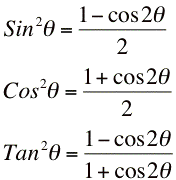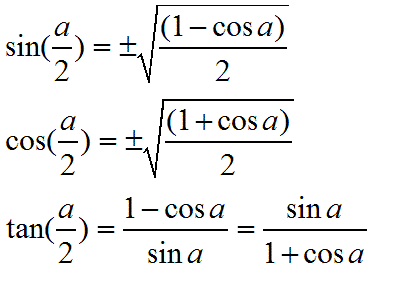Exponential Functions
Exponential Growth (b > 1)
a : vertical stretch (changes y-int)
b : growth rate
c : horizontal shift
d : vertical shift
Compound Interest
A : present value
P : principal value
r : annual interest rate (APR)
n : number of compounding periods per year (1 month = 1/12 year)
t : time


























